How Technology Creates New Opportunities for Translators
CLEAR WORDS
TRANSLATIONS
All News
May 30, 2019 |
How Technology Creates New Opportunities for Translators
Businesses look for cost-effective solutions for their translation projects, as they expand into new international markets. This means that the language service industry has registered a growing adoption rate of machine translation. However, that doesn’t mean that technology can replace human translation. On the contrary, technology opens up new opportunities for translators.
There’s still plenty of speculation about how technology will affect the translation industry in the long run. With the development of AI systems and machine learning, many translators even wonder if they should fear for their jobs!
But can platforms like Google Translate do a better job than a trained linguist? Definitely not, at least for the foreseeable future.
Computers Can’t Compete with Linguists
Machine translation has become popular, but it’s not always reliable. Software is imperfect and rarely adapts the content to the context. Google makes plenty of mistakes. It doesn’t second-guess or look for alternative meanings.
Even the best software for translation still needs a linguist to proofread and edit the content. The software doesn’t have the communication skills necessary for adapting its tone and writing style to your brand voice.
Moreover, it doesn’t know who your public is and how they speak. It’s a translator’s job to construct the sentences respecting grammar, punctuation, and syntax rules. This way, they make sure that the translation sounds natural, as well as adapted to specific audiences.
Not only do professional human translators provide accuracy in translation, but they also curate the human side of the communication. Every content that you translate has a purpose. You need a human touch to create intrigue, provoke emotions, or sell your product, for example.
Even the most complex machine learning algorithms lack the abilities of human translators to identify intent, depending on the context. Communication needs more than words and syntax to be efficient.
Translations can identify whether the source text is sarcastic, humorous, rude, or neutral. Translators analyze how the words are used in a different context to keep the original meaning of the text and its intent.
Technology Can Broaden Opportunities for Translators
Not only does technology not replace translators, but it actually needs them to work correctly. New tech products require high-quality technical translation to reach a large public worldwide. Whether you produce software, industrial equipment, or supplies for the automotive industry, you need a professional to translate your technical content.
Tech products, therefore, become opportunities for translators. Without skilled linguists, your international clients won’t be able to get the best out of your tech services. From instructions to software strings, every translation should be spotless if you aim to provide a superior customer experience–the kind that machine translation can’t help you with–not for now, at least.
Software localization, for instance, is in high demand, thanks to the rising adoption of the internet. Language service providers translate and localize software for a wide range of tech businesses, from video game developers to SaaS companies. It’s a complicated process that involves a lot more than some word-to-word translation of technical terms and industry jargon.
Technology has triggered the rise of many services, in fact, such as web, app, software, and video game localization. The global language service market has doubled in size since 2009, from $23.5 billion to $46.5 billion last year.
Technology has created job opportunities for translators worldwide. Emerging countries are now appealing destinations for international companies. Investors and businesses need translation and localization services to enter these new markets and gain a consistent market share for their products.
Machine Translation Can Become a Gateway to More Business
Machine translation isn’t always a bad thing. Its limits can generate new opportunities for translators, as clients realize the benefits of high-quality translation.
Let’s say you’re a small business and decide to use Google Translate for a new version of your website. This move may increase your traffic. However, with poor content, it’s less likely for your other metrics to grow. The new traffic won’t influence your conversions and sales, for example.
With Google Translate, you can test a local market and its interest in your products. But, machine translation doesn’t know how SEO works, how to write a compelling landing page or sell your product. Moreover, the old saying is still true today: you never get a second chance to make a first impression.
Most new visitors to your site spend no longer than 15 seconds before leaving if they can’t find what they’re looking for. And the majority of those who leave uninspired or unimpressed by your brand will never come back again. A poorly translated site littered with errors is unlikely to provoke a positive response.
This means that it’s a bad idea to stick with machine translation for your business communications. Technology is actually creating opportunities for translators. Instead of reducing their workload, it’s actually bringing them more clients!
Translators Use Technology to Improve Their Services
Technology gives translators more than one reason to be optimistic about the future of the language services industry. Besides the multiple opportunities for translators generated by the launch of new products, technology also speeds up translation processes.
CAT tools are designed to help translators, not limit their business opportunities. Computer-assisted translation is accurate, fast, and cheap. Translators use software to create a database in which all terms are explained and ready to be used for translation.
The computer stores data from previous projects and uses the information to suggest the best possible translation, based on its limited ability of “understanding” context. This allows translators to save time and register faster turnarounds.
In the long run, working with CAT tools reduces the number of hours necessary for completing a project and cuts down translation costs as well.
Technology allows translators to stay competitive and improve the quality of their services. Thanks to CAT tools, language service providers can deliver consistent translations in less time with fewer costs.
Final Thoughts
The language services industry has been using technology to improve services for the benefit of both clients and end users. From launching new products and services to making the translation process more straightforward, technology is creating new opportunities for translators.










